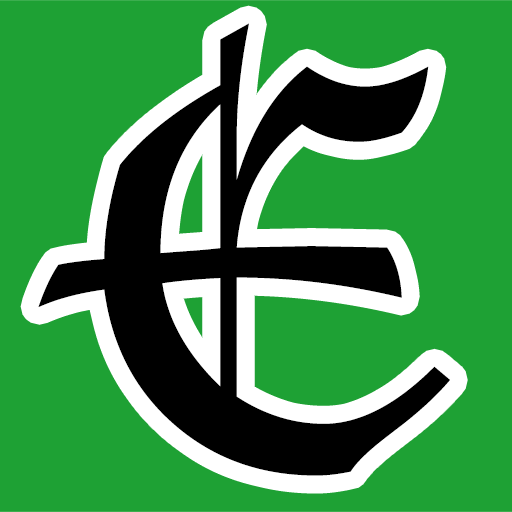A Murder in the Park, a Broken Olive Branch and Ivy Day
Opinion Advocates for ideas and draws conclusions based on the author/producer’s interpretation of facts and data.
By Brian McGowan
Irish history abounds with “what-if” scenarios. Few are as far-reaching as a decision made one fateful day, May 6, 1882, by a British statesman, Lord Frederick Cavendish, to “take a walk in the park” with a high-ranking Irish civil servant, Thomas Burke. The events of that day reverberate into the present. Cavendish that morning had been sworn in as chief secretary for Ireland, the top administrative post in Great Britain’s first colony. With the full support of British Prime Minister William Gladstone, he bore an olive branch to the Irish. He would end the coercive policies of the prior administration, which had sought to silence a movement called the Land League.
The League wanted to give the Irish peasantry, largely Catholic, something they had lacked for hundreds of years – ownership of the land they tilled.
The result was a virtual war with the landowners, largely Protestant. Mass refusals to pay rents threatened to bankrupt them. With the country in turmoil, Cavendish had come to bring peace. His goal was to bring “Home Rule” to Ireland, and give the country significant self-government, something it had been robbed of generations earlier. The “Irish Question” would be resolved, and the Empire maintained; in today’s terms, a win-win.
On the Irish side sat an unlikely champion, Charles Stewart Parnell. A member of Parliament, and a Protestant landowner himself, Parnell led the Irish Parliamentary Party, which held enormous influence. Referred to as “the uncrowned king of Ireland” and opposed to violence, he kept a check on things, knowing the political winds would change in Ireland’s favor once Cavendish was settled in his new role. Home Rule seemed a certainty.
A group called the Irish Invincibles, however, thought differently. Passionate nationalists who sought an independent Irish Republic, they embarked on a campaign to bring terror to the door of the Empire. Assassination of key British Empire officials was their forte. High on the list was Irishman Thomas Burke, Undersecretary for Ireland, a vital post in the British administration there.
On May 6, 1882, a group of Invincibles lay in wait at Dublin’s Phoenix Park and brought Burke down in brutal fashion. But they also killed an unknown stranger beside him, who had eschewed a cab ride and opted to walk with Burke instead. The stranger was Cavendish. The olive branch he bore was snapped in two that day.
Buffeted from all sides and accused of being in league with the assassins, Parnell tried to keep the Home Rule movement alive. One fatal flaw lay waiting to bring him down – an adulterous affair with the wife of fellow Irishman, and member of Parliament, William O’Shea.
Parnell and O’Shea’s wife, Katharine, were madly in love. O’Shea kept silent, his relationship with Parnell having benefitted his own career. When he saw no further advantage to his silence, he filed for divorce and named Parnell as the usurper of Katharine’s affections. The scandal cost Parnell leadership of the “Irish Party.”
A bitter battle ensued that effectively split the party in two, and gave the death knell to Home Rule. Instead, Ireland would see not peace, but instead continued repression, the Easter Rising of 1916, partition, the Irish Civil War and 30 years of “The Troubles.”
No more the uncrowned king, Parnell and Katharine married. In failing health, he died on Oct. 6, 1891, at 45 years old, of heart failure, in the arms of the woman he loved. A sprig of ivy became his symbol and is worn on the anniversary of his death by those who still remember and ponder what a different outcome Ireland might have had.
A friend, Tom Igoe, recently gave me a book on the Invincibles, “The Irish Assassins,” by Julie Kavanagh. Parnell is also the main subject of a story by James Joyce, “Ivy Day in the Committee Room,” which appears in his masterful collection, “Dubliners.” Excellent reading, both!
Longtime Pleasantville resident Brian McGowan was born and raised in the Bronx, and is a second-, third- and fifth-generation Irish-American/Canadian, as his immigrant ancestors followed several paths to the New World. Reach him at brian.m.mcgowan1952@gmail.com. He is the author of two books, “Thunder at Noon,” about the Battle of Waterloo, and “Love, Son John,” about World War II. Both are available at Amazon.com. His third book, “Island Prize,” about the Battle of Brooklyn, is due to be published soon.

Examiner Media – Keeping you informed with professionally-reported local news, features, and sports coverage.
